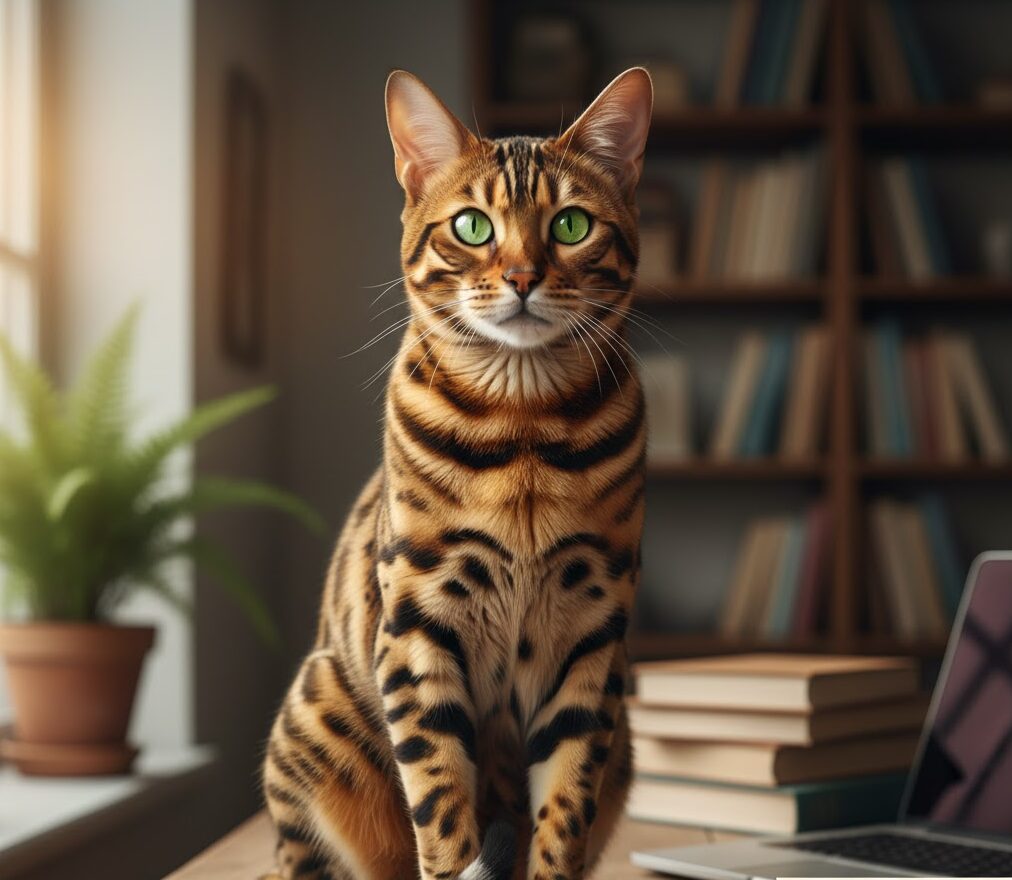Introduction
Humor has always been a powerful tool in human interaction. It entertains us, relieves stress, and can even bring people together. But not all jokes land the way we intend. One of the most controversial kinds of humor is the “fat joke.” These jokes, which target people’s weight or body size, have been around for decades, often reinforced by media, pop culture, and casual conversations.
While many argue fat jokes are just harmless fun, countless people experience the opposite effect—they can feel shamed, excluded, or bullied because of how they look. With growing awareness around body positivity, self-love, and mental health, it’s important to take a closer look at fat jokes, why people make them, and the impact they truly have.
In this article, we’ll dive deep into:
- The history and psychology behind fat jokes
- How media and pop culture normalized body-shaming humor
- The potential harm of weight-related jokes
- Health myths vs. realities surrounding body size
- Better, more inclusive ways to use humor that uplift instead of tear down
Let’s explore this often-overlooked topic together.
The Origins of Fat Jokes
Humor that pokes fun at body size has existed for centuries. Historically, different cultures attached various meanings to body size. In some societies, being larger was a sign of wealth, abundance, and prosperity—while in others, slimness was idealized.
However, in the last century, especially with the rise of Hollywood and television, the narrative began to shift. Characters who were overweight were frequently portrayed as:
- The comic relief: Their size was the primary source of humor.
- Lazy or clumsy individuals: Stereotypes implied that fat people lacked discipline or intelligence.
- Sidekicks, not heroes: Rarely were larger characters presented as strong, confident, or desirable leads.
From slapstick comedy movies to sitcoms, fat jokes became an easy “punchline,” painting a harmful caricature of people based solely on their weight.
Why Do People Make Fat Jokes?
Many people who crack fat jokes don’t always think about the full weight (no pun intended) of what they’re saying. Here are some psychological and social reasons behind such humor:
1. Deflection and Insecurity
Sometimes, people make fat jokes as a way to cover up their own insecurities. By laughing at someone else’s body, they temporarily divert attention away from themselves.
2. Cultural Normalization
Because movies, TV shows, and stand-up comedians have historically leaned heavily on fat jokes, repeating them became “normal.” People grew up thinking it was just another acceptable type of humor.
3. Peer Pressure
In group settings, fat jokes may appear as a bonding mechanism. Making fun of someone’s size might earn a laugh from peers—even if it hurts the person targeted.
4. Lack of Awareness
For some, it may genuinely be a lack of thought. They don’t pause to consider the emotional impact weight jokes can have on another individual.
The Hidden Harm of Fat Jokes
While fat jokes might make people laugh in the moment, their aftereffects can linger much longer. Research and real-life stories show that weight-related humor can:
- Lower Self-Esteem
Children and adults who are the butt of fat jokes can develop a negative self-image, believing their worth is tied to their body size. - Encourage Disordered Eating
Mocking someone’s weight may push them toward extreme dieting, eating disorders, or unhealthy lifestyle changes, rather than motivating them to live healthily. - Increase Anxiety and Depression
Studies connect weight-shaming with higher instances of depression, anxiety, and social withdrawal. - Reinforce Harmful Stereotypes
Every fat joke told in public or media reinforces the false stereotype that weight equates to laziness, lack of success, or unattractiveness.
Pop Culture and the “Fat Joke” Problem
The entertainment industry has historically leaned hard on fat jokes. Classic examples include:
- Sitcoms where the heavier character was always the funny sidekick.
- Movies where “before and after” transformations relied on weight loss as the ultimate glow-up.
- Cartoons where animated characters’ size was exaggerated for laughs.
Thankfully, recent years have brought a shift. Celebrities, influencers, and activists are challenging the narrative with the body positivity movement, highlighting that humor doesn’t have to come at the expense of marginalizing an entire group of people.
Debunking Common Myths Around Fatness
Many fat jokes aren’t just about appearances—they often perpetuate incorrect health assumptions. Let’s clear up a few:
- Myth 1: All fat people are unhealthy.
Health cannot be determined solely by body size. Someone thinner may have poor health markers, while someone larger may be active and healthy. - Myth 2: Shaming helps people lose weight.
Science shows the opposite—fat shaming often leads to weight gain, stress eating, and reduced motivation to pursue physical activity. - Myth 3: Fat jokes are just harmless fun.
To the person being targeted, it can spark long-term emotional harm. Just because everyone laughs doesn’t mean nobody gets hurt.
Healthier Ways to Use Humor
Humor is important—it helps us bond, boosts mood, and makes life lighter. But it doesn’t need to come at someone else’s expense. Instead of fat jokes, consider these more positive alternatives:
1. Situational Comedy
Laugh at shared experiences we can all relate to—technology fails, awkward encounters, daily struggles.
2. Self-Aware Humor
Making jokes about ourselves in a gentle, self-empowering way can be funny without crossing into self-hate.
3. Play With Words
Clever puns, witty observations, or wordplay often spark far more laughs than pointing out someone’s size or looks.
4. Laugh With, Not At
True humor makes people feel included, not excluded. Aim for jokes where everyone enjoys the laugh together.
How Society Can Move Beyond Fat Jokes
The shift away from fat jokes requires collective effort—on both personal and cultural levels.
- Parents & Educators: Teach kids kindness and respect early, helping them understand why body-shaming jokes aren’t acceptable.
- Media Creators: Build characters with diverse body types that are celebrated for their skills, not reduced to a punchline.
- Individuals: Practice empathy. Before joking about someone’s size, ask—would I laugh if the joke was about me?
By promoting a climate of kindness and inclusivity, humor can still be fun while respecting all bodies.
Conclusion: Are Fat Jokes Ever Worth It?
Fat jokes may once have been a staple of comedy, but times are changing—and rightly so. What once was considered “harmless” is now better understood for what it is: body shaming disguised as humor. Instead of laughing at someone’s size, we can shift towards laughter that uplifts, unites, and celebrates human quirks without judgment.
In the end, real comedy doesn’t need cruelty to be funny. The best jokes leave everyone smiling, not just those in on the punchline.














Leave a Reply